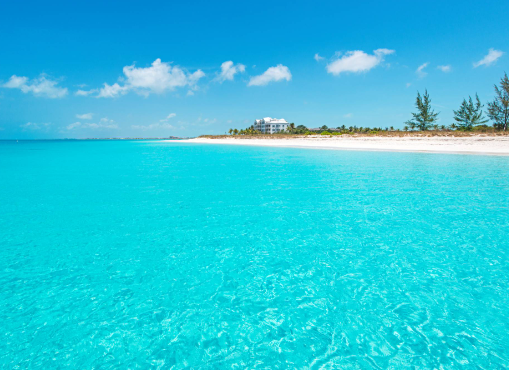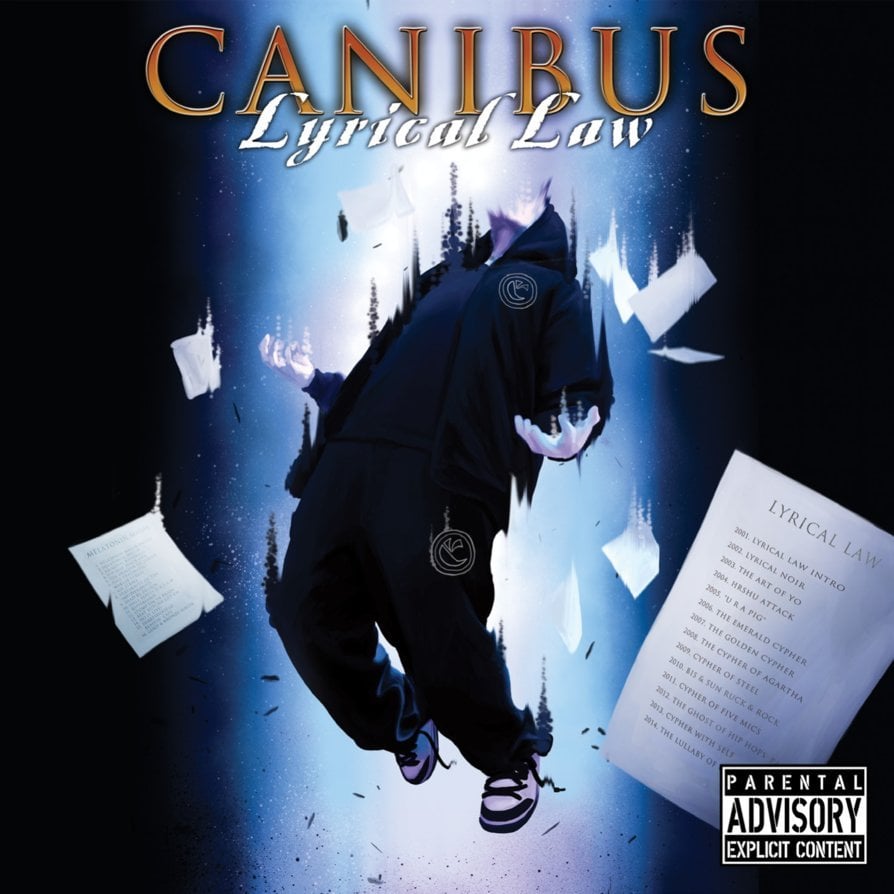What is Halloween? Is it getting dressed up, is it trick or treating, is it the movies? What makes Halloween such an important night of the year? Let’s dive into the history of Halloween, and how it has become what it is today.
Halloween is a holiday celebrated on October 31st, every year. It is a celebration that has been around since ancient Celtic times of Samhain. The New Year of the Celts was celebrated on November 1st. It marked the end of summer and the beginning of the harvests and the dark times of the year. This time was also known for human deaths. The ancient belief is that the day before the New Year was a time when the spirit world and human world were blurred and the living and dead could cross into each other’s realms. On the 31st they celebrated Samhain, when the ghosts of the dead would return to Earth.
It wasn’t only known for causing trouble with crops, but it was also believed that priests (Druids) could make predictions about the future. For people back then, it put their minds at ease, when such hardships were around the corner. The Druids commemorated the day with sacred bonfires, when people would come to burn crops and their animals to the deities. During this celebration the Celts would wear costumes, they wore animal heads and skins, and tried to tell one another’s fortunes. When the celebration would come to an end, they would relight the bonfire to protect them from the coming of winter.
When the Romans took over most of the Celtic land in A.D. 43, two of the Roman festivals would become combined with the celebration of Samhain. Feralia was a day celebrated in late October, which the Romans would commemorate the passing of the dead. Pomona was the second celebration. Pomona was the Roman goddess of trees and fruits. Pomona’s symbol is an apple, which was incorporated into the celebration of Samhain. This most likely explains why we go bobbing for apples during this holiday.
When All Saint’s Day first began on May 13th A.D, Pope Boniface IV devoted the Pantheon in Rome for all Christian martyrs and the Catholic Feast Day; All Martyrs Day. The festival was later expanded to include all martyrs and saints. The festival was moved from May 13 to November 1. 1000 A.D, the church made November 2 All Souls Day. It was a day to honor the dead, and the day was celebrated close to the celebration of Samhain. The All Saints Day was called All-hallows, the night before the celebration. It was soon to be called All-hallows eve, later Halloween.
In the colonial times of America, New England was very strict because of the Protestant beliefs. Halloween was celebrated in Maryland and other southern colonies. The beliefs differed from Europe, and America found new ways to celebrate. They had a celebration called “play parties”, it was a public party before the harvest. The people would share stories of the dead, tell each other’s fortunes, while also dancing and singing. The ghost stories and celebrations might have been common but the celebration of Halloween was not recognized as a holiday. In the last part of the 19th century, immigrants began to move to America and it would help to popularize Halloween.















